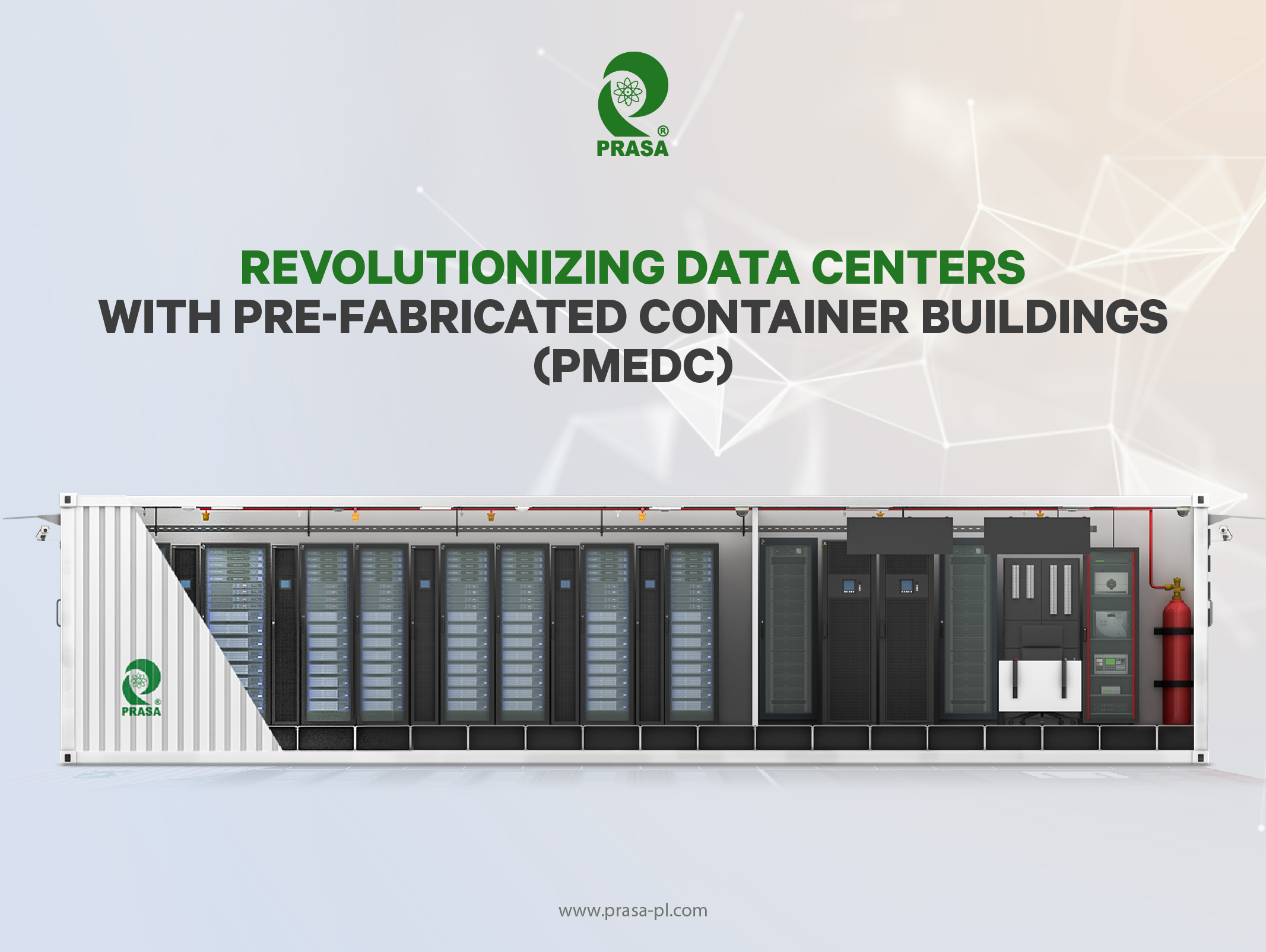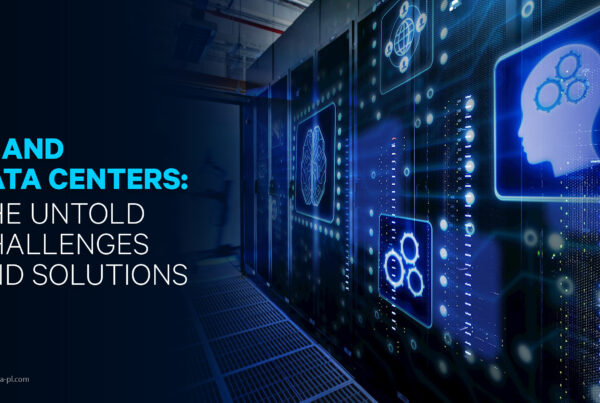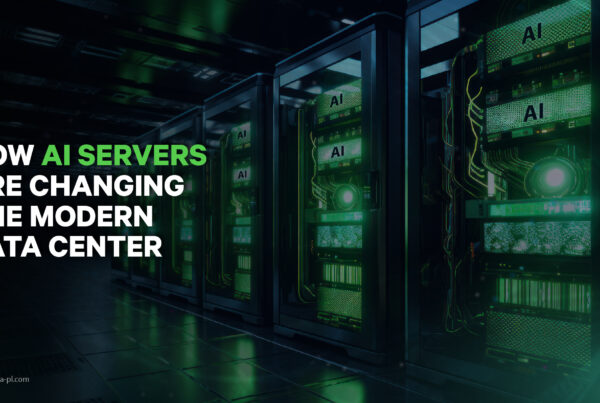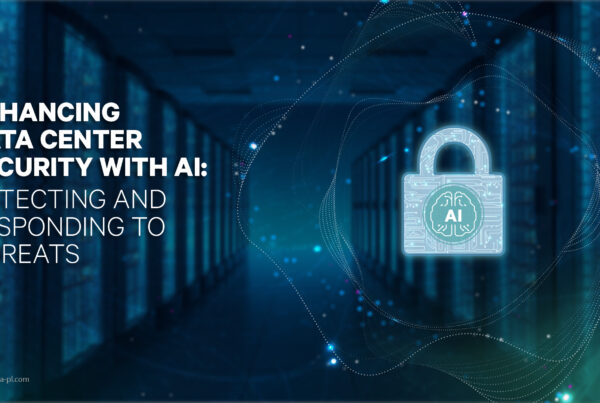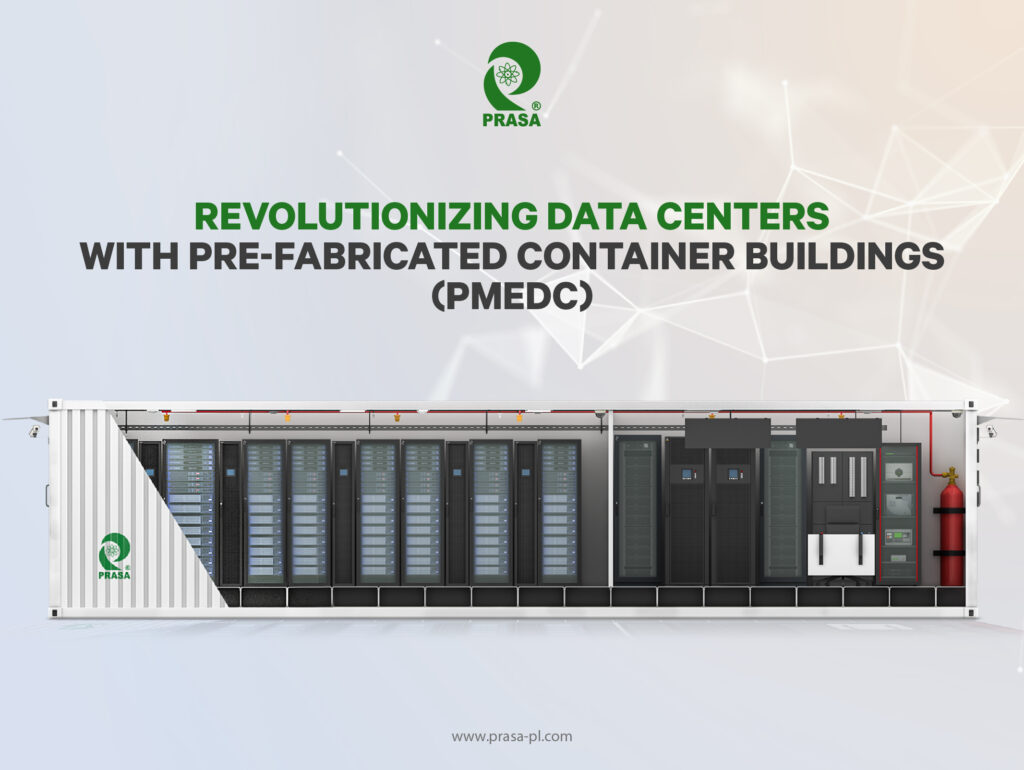
In today’s rapidly evolving digital landscape, data centers play a pivotal role in supporting the growing demands of our interconnected world. With the exponential increase in data storage and processing requirements, data center infrastructure needs to adapt and innovate. One such innovation that has gained momentum in recent years is the use of prefabricated container buildings for data centers.
The Rise of Prefabricated Container Buildings
Prefabricated container buildings have long been used in various industries, such as construction and logistics. However, their adaptation for data center use has ushered in a new era of efficiency, scalability, and sustainability.
Advantages of Prefabricated Container Buildings for Data Centers
- Rapid Deployment: Traditional data center construction can take years to complete, but prefabricated container buildings can be deployed within a matter of months. These containers are pre-designed, pre-engineered, and pre-equipped, reducing the time required for on-site construction.
- Scalability: Data center requirements can change rapidly. Prefabricated containers offer a modular approach, allowing businesses to scale their data center capacity as needed. Additional containers can be easily integrated into the existing infrastructure.
- Cost Efficiency: Prefabricated containers are cost-effective due to reduced construction time, energy-efficient designs, and the ability to avoid overbuilding. They also eliminate many of the unexpected costs associated with traditional construction projects.
- Environmental Benefits: Sustainability is a key concern in the modern world. Prefabricated containers can be designed with energy-efficient features, such as advanced cooling systems and renewable energy sources, reducing the carbon footprint of data centers.
- Mobility: Data centers in containers are mobile. This means they can be relocated to areas with cheaper energy sources or in response to changing business needs, making them highly adaptable.
Challenges and Considerations
While prefabricated container buildings offer many advantages, there are some challenges and considerations to keep in mind:
- Security: Ensuring the physical security of containerized data centers is crucial. This includes protection against theft, vandalism, and natural disasters.
- Integration: Compatibility with existing data center infrastructure and systems may require careful planning and customization.
- Regulations: Adhering to local building codes and data center regulations is essential. This can vary by location and may affect the design and deployment of containerized data centers.
- Maintenance: While these containers are designed for easy maintenance, organizations must have a robust maintenance plan in place to keep them running optimally.
The Future of Data Center Infrastructure
The adoption of prefabricated container buildings for data centers reflects the industry’s commitment to innovation and sustainability. As data center requirements continue to grow and change, the agility, scalability, and efficiency of containerized data centers make them an attractive option for businesses of all sizes.
In a world where data is often described as “the new oil,” the ability to quickly deploy and adapt data center infrastructure is invaluable. Prefabricated container buildings have emerged as a transformative solution, ensuring that data centers can keep up with the ever-increasing demands of the digital age. With the right planning and execution, they are poised to play a vital role in shaping the future of data center infrastructure.
Explore the cutting-edge world of Prefabricated Modular Edge Data Centers, where rapid deployment meets seamless scalability. Revolutionize your data center infrastructure with the agility to adapt to evolving demands. Elevate your data management capabilities and stay ahead in the interconnected world with PRASA – the epitome of Edge Data Center excellence. Experience the power of prefabricated container buildings and shape the future of your data center infrastructure today!


